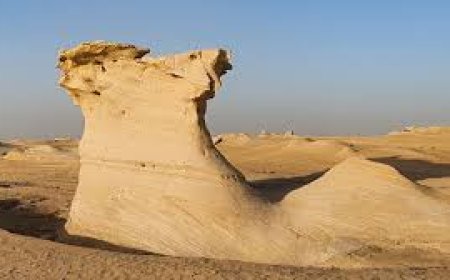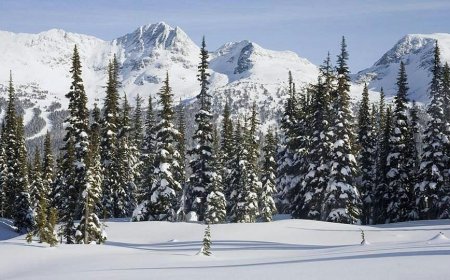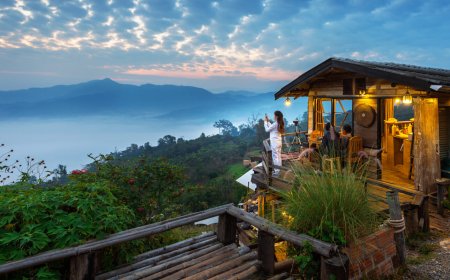How Tough Is It? My Real Story About Mardi Himal Trek Difficulty
Mardi Himal trek difficulty is moderate, with steep forest climbs and narrow ridges. This offbeat Himalayan trail offers big rewards for a small adventure.

The wind was sharp as we climbed higher, and my breath came slower with each step. Below us, clouds rolled over green hills. Ahead, the white peak of Machapuchare cut through the sky like a blade. The path was narrow and steep, but we kept going. Thats when I truly understood the Mardi Himal trek difficulty not just in my legs, but in my heart.
This trek isnt the hardest in Nepal. But its not easy either. It challenges you with steep climbs, changing weather, and high altitude. At the same time, it rewards you with quiet trails, jaw-dropping views, and something even deeper: pride.
Why We Picked Mardi Himal
My friends and I didnt want to follow the crowds. We wanted a quieter trail something short, beautiful, and less commercial. Our guide suggested Mardi Himal. He said, Its still wild, but not too wild. Youll love it.
He was right. The trail took us through dense forests, over rocky ridges, and up to breathtaking viewpoints. It felt like walking through a dream a dream with sore legs, full hearts, and the smell of pine and cold mountain air.
The Trail and Its Challenges
We started from Kande, and on the first day, the trail was already steep. It led us through green forests and wide open clearings. Each day, we climbed higher to Australian Camp, Forest Camp, Low Camp, and then High Camp.
After Low Camp, the trail became harder. It was steeper, with more rocks and narrow paths. We had to move slowly and carefully. The final push to the Mardi Himal Viewpoint was cold, windy, and full of switchbacks. We started before dawn to catch the sunrise, and I remember thinking, This is harder than I expected.
But then the light hit the snow-covered peaks, and the pain disappeared. For a moment, everything was silent except my heartbeat.
Mardi Himal Trek Difficulty: Facts and Figures
If youre planning to go, heres what you should know about the Mardi Himal trek difficulty:
-
Trek duration: Usually 4 to 6 days, depending on your pace
-
Total distance: About 50 km (31 miles)
-
Maximum elevation: 4,500 meters (14,764 ft) at Mardi Himal Viewpoint
-
Daily hiking time: 4 to 7 hours
-
Main challenges: Steep uphill trails, uneven steps, cold mornings, and altitude
You dont need ropes or special climbing gear. But you do need basic fitness and strong legs. If you can hike for 56 hours a day with a light pack, youll manage just fine.
How We Made It Easier
We followed two golden rules: go slow, and drink lots of water. Our guide was smart. He let us take breaks, walk at our own pace, and enjoy the view. This helped us avoid altitude sickness.
At the teahouses, we ate dal bhat (rice and lentils), hot soup, and drank ginger tea. It gave us energy and warmth. Each night, we sat around the fire and shared stories with other trekkers. The simple life in the mountains made me feel calm even when my body was tired.
A Moment That Changed Me
There was one moment Ill never forget. It was on our way down from High Camp. I slipped on a rock and sat there, frustrated. My legs hurt, my boots were wet, and I just wanted to be done.
Then I looked up. There was a small boy maybe ten years old helping his father carry supplies uphill. He smiled at me and said, You can do it, sister.
That smile, those words they stayed with me. I stood up, brushed off the dirt, and kept walking. Sometimes, its the people on the journey that make you stronger.
So, Is It Worth It?
Absolutely. The Mardi Himal trek difficulty is moderate not for total beginners, but great for first-time Himalayan trekkers. If youve done other hikes before and are looking for a bit more challenge, this is the perfect choice.
The views of Machapuchare, Annapurna South, and Hiunchuli are unforgettable. The quiet trails give you space to think. And every step you take brings you closer to something powerful not just a viewpoint, but a new version of yourself.




















































